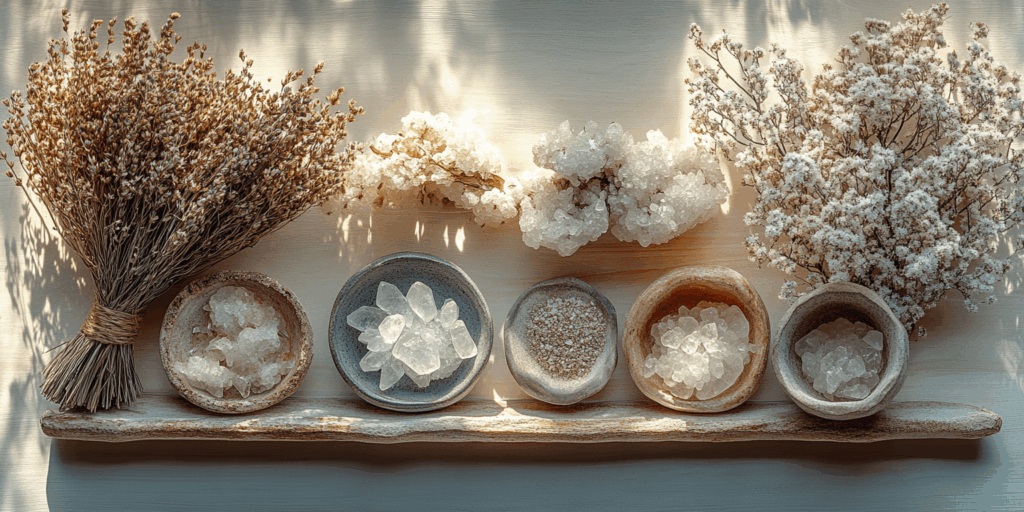Natural vs Synthetic Crystals: 7 Key Differences You Should Know

Crystals have fascinated humans for centuries — from ancient healers to modern spiritual seekers. But in today’s market, not all crystals are created equal. As the demand for crystals continues to rise, so does the availability of Natural vs Synthetic Crystals. While both can be beautiful, it’s important to understand their key differences. So how do you know if you’re holding nature’s treasure or a cleverly crafted imitation?
In this article, we break down the essential guide to Natural vs Synthetic Crystals, helping you make confident, informed decisions when shopping for your next piece of crystal magic.
1. Formation Process: Earth vs Lab
Natural crystals form deep within the Earth over thousands or even millions of years. They’re shaped by geological pressure, heat, and time. In contrast, synthetic crystals are made in laboratories using controlled processes that replicate the crystal structure — but not the same energy or mineral origin.
Key Tip: Always ask your seller about the source. At Chilli Bay Crystal, we clearly indicate which pieces are natural and ethically sourced.
2. Appearance: Perfect or Unique?
Natural crystals often have imperfections — inclusions, cracks, or slight discolorations — all of which reflect their journey through nature. Synthetic crystals are often flawless, brightly colored, and symmetrical.
Reminder: A natural crystal’s beauty lies in its imperfections, which tell a story of time, pressure, and earth energy.
3. Energy & Healing Properties
Many practitioners believe that Natural vs Synthetic Crystals differ energetically. Natural stones are thought to carry Earth’s energy, making them ideal for healing and spiritual work. Synthetic crystals may have similar structure but lack the deep energetic resonance.
Explore Related: Why Crystal Energy Matters
4. Price Point
If a crystal deal seems too good to be true, it probably is. Natural vs Synthetic Crystals differ greatly in price. Natural stones are more costly to source and mine, while synthetic options can be mass-produced and are usually cheaper.
Pro Tip: Always check pricing trends and compare them with certified sellers before purchasing.
5. Common Synthetic Types
Some of the most commonly faked or lab-grown crystals include:
- Quartz (clear, rose, amethyst)
- Citrine (often heat-treated amethyst)
- Opalite (actually glass)
- Goldstone (man-made with glittery particles)
Knowing what stones are frequently synthesized helps you ask the right questions before you buy.
6. Weight and Temperature
Natural crystals tend to feel heavier and cooler to the touch than their synthetic counterparts, especially if plastic or glass is used.
Try This: Hold your crystal in your hand. A real one will usually feel cool and grounding.
7. Ask for Certification
Reputable sellers will often provide information about the origin and treatment of the crystal. If unsure, ask for a certificate of authenticity or check the seller’s reputation.
Visit Our Authentic Collection: Chilli Bay Natural Crystals
Conclusion: Choose with Intention

Whether you’re drawn to natural crystals for healing or love the look of lab-grown ones for décor, what matters most is your intention and trust in the source. By understanding the real difference between Natural vs Synthetic Crystals, you’re not just buying a stone — you’re making an empowered choice.
Explore our collection at Chilli Bay Crystal and discover genuine stones with energy, history, and soul.
